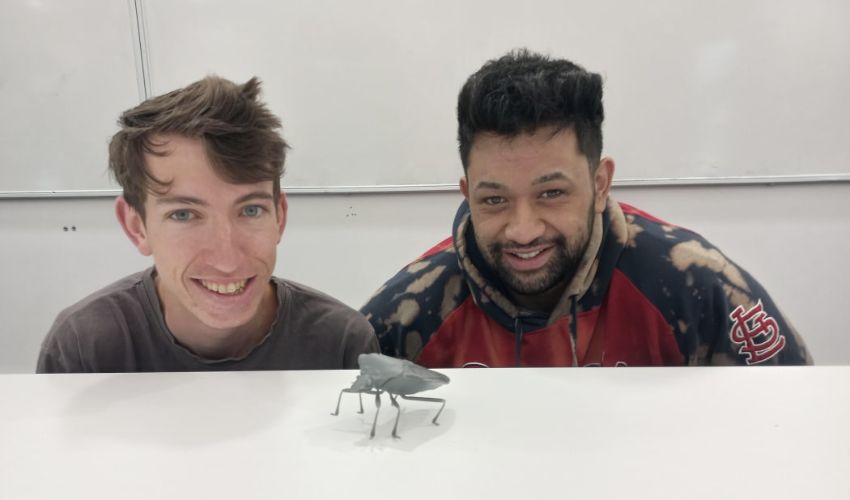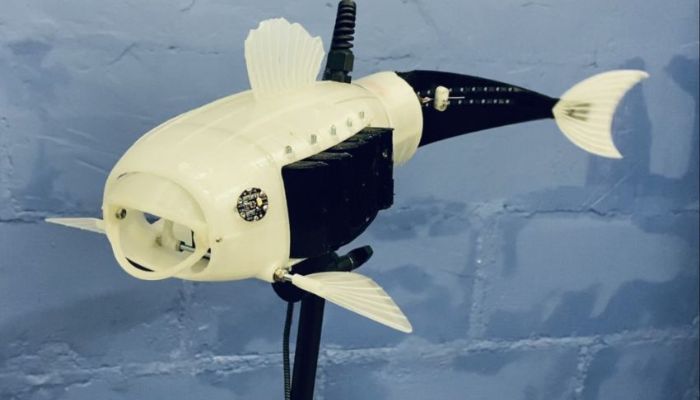3D Printed Bug Project Raises Awareness of Biosecurity Threat in New Zealand

Students in Canterbury, New Zealand, have 3D printed a brown marmorated stink bug (Halyomorpha halys) in an effort to raise awareness of the biosecurity threat posed to the country by the bug. They worked together on a Summer Student Programme, the Better Border Biosecurity (B3) programme. B3 is a research collaboration involving Crown Research Institutes and other academic and governmental institutions.
Joel Tregurtha and Te Matau O Te Rangi Allen (Te Ati Haunui-a-Pāpārangi, Ngāti Rangi, Ngāti Tūwharetoa), both students at the University of Canterbury, designed and 3D printed the bug. Allen is completing a Bachelor of Engineering in Mechatronic, Robotics, and Automation Engineering, while Tregurtha is working towards a bachelor degree in Biological Sciences.
According to Allen, they combined their disciplines to come up with innovative idea. He claims that the idea took many attempts to execute: the first bug did not print correctly, and the bug’s fragility made post-processing a challenge. However, the pair worked around it, having to glue the legs back on the bug of the first prototype. Not only is the bug correctly shaped, they also worked on the authenticity of the texture. According to Allen, they printed a layer in vinyl which was stuck onto the bug.

Biosecurity checks are an essential part of New Zealand’s border security (Photo credit: NZ Herald)
The main inspiration for the project was to raise awareness of biosecurity. The pair hope that members of the public may keep an eye out for this bug in the future. Not currently present in New Zealand, their existence could pose a serious threat. Indeed, according to the New Zealand government, the establishment of the stink bug in the country could cause ‘decimation’ of fruit and vegetable populations; they encourage the public to be aware of the bug and to contact the authorities in case of spotting one. Back to the potential of the stink bug project, Allen suggests that the bug could be rolled out in schools or in nature walks to help children and people of all ages to learn more about nature.
While New Zealand is not one of the major countries from which we report, it is interesting to see such an innovative project coming from the region. Biosecurity is certainly an important issue to be aware of, especially so in island nations like New Zealand and Australia where invasive species could destroy native flora and fauna. Of course, this is not the first example of 3D printing being used in education: in 2022, we interviewed Lino3D to find out more about how they will democratize education using the technology.
You can learn more about the project from the University of Canterbury HERE.

A similar student project from the UK saw a 3D printed robotic fish which can collect microplastics. (Photo credit: Rob Siddal)
What do you think of this use of 3D printing for biosecurity? Let us know in a comment below or on our LinkedIn, Facebook, and Twitter pages! Don’t forget to sign up for our free weekly Newsletter here, the latest 3D printing news straight to your inbox! You can also find all our videos on our YouTube channel.
*Cover photo: University of Canterbury







